Visit the pages on this site using the buttons below, click "Get Started" to move through the information in order, or jump to the survey questions.
= Page includes questions or opportunities for comment.
Image gallery contents:
About BusConnects
BusConnects Cork will overhaul the current bus system in the Cork Metropolitan Area with nine types of improvement and investment. These include: 1. Redesigning the bus network 2. Building a new network of bus corridors and cycle lanes 3. Implementing state of the art ticketing system 4. Implementing cashless payment system 5. Switching to a simpler fare structure 6. Bus livery 7. New bus stops and shelter with better signage and information 8. New park and ride sites in key locations. 9.Transitioning to a new zero emissions bus fleet.
Cork Bus Network
Central Cork Bus Network
Purpose
BusConnects Cork will help realise Government policies within the Cork Metropolitan Area:
- The National Development Plan
- The Climate Action Plan
- The Cork Metropolitan Area Transport Strategy (CMATS)
Why are we doing this?
Cork is expected to grow in population by about 50% over the next two decades. The Cork Metropolitan Area Transport Strategy (CMATS) is an integrated plan for transport and land use. Key principles of CMATS include:
- Reducing dependency on the private car.
- Increasing the appeal of sustainable public transport.
- Supporting future growth in the Metropolitan Area with an efficient public transport network.
The network redesign will help deliver on these strategies.
Bus network redesign
This project is an opportunity to design the Cork network around today’s needs rather than continue with the network inherited from the past.
The roads buses run on, times and days of service, frequencies, stop locations and how people interchange may all be revised as part of this ”blank slate” network redesign.
In the redesigned network, some routes may resemble those in today’s network. If so, it will be because they support present and future conditions – not because of history or tradition.
Every detail of the existing network is something somebody is used to, and they may object to it being changed. One of the choices presented here is whether it is worth causing inconvenience for some people in order to improve public transport service for most people.
All publicly-funded bus routes in the Cork Metropolitan Area are under study and may be revised. This includes local routes within Cork City, and routes that connect the towns and rural areas of the Metropolitan Area.
The purpose of this online consultation is to invite members of the public to provide their opinion on choices about the future bus network.
Read more
- Get more detail on the topics covered here by reading the Bus Network Choices Report: print quality (23 MB) or compressed (3 MB).
- Visit the BusConnects Cork website.
- Read the Cork Metropolitan Area Transport Strategy (CMATS).
Review the pages below and learn about the trade-offs that arise in designing a bus network
Image gallery contents:
Access
Access is the number of destinations in an area that can be reached in a certain amount of time.
Access
Access is the number of destinations in an area that can be reached in a certain amount of time.Access
A transport network can increase patronage by increasing access. Access describes how many jobs, people, schools, shops, and other opportunities people can reach by public transport, in a reasonable amount of time.
Video: What does "access" mean?
Increasing the average access provided by a network tends to increase patronage because more of people’s trips become possible on public transport without requiring a lot of time.
Factors that affect access:
- How many destinations are near public transport routes.
- How long someone walks to and from service.
- How long someone waits for the service.
- How far someone travels on the service.
- The speed of the service.
- How long someone waits to interchange between services.
Public transport authorities have control over some of these factors: waiting time, interchange, route directness, where service is provided.
They have less control or no control over other factors: bus speed, travel distances, where jobs and housing are located. These factors are generally controlled by City and County Councils as they manage land use, development and local roads.
Image gallery contents:
Density
Walkability
Linearity
Proximity
Mix of uses
Frequency and Patronage Potential
One of the most powerful ways to increase access across a public transport network is to shorten waits by improving frequency. More frequent service:
- Reduces waiting time (and thus overall travel time).
- Lets you travel whenever you want.
- Improves reliability, because if you miss your bus another one is coming soon.
- Makes interchange (between two frequent services) fast and reliable.
Video: How does frequency affect patronage?
In the future the Cork bus network will offer real-time arrival information. But even with this technology, routes that are infrequent will still require people to wait. Someone who isn’t pressed for time, or can time their trip to the bus schedule, may not mind using an infrequent route. But most people don’t have that flexibility when going to work, school or an appointment, and a worse frequency often means arriving someplace earlier than they’d like to.
When frequency is improved in places with large numbers of people, jobs and other opportunities, that improves the population’s average access.
Better frequency increases potential for high patronage…but it isn’t enough to cause high patronage. Development patterns, land use and street design have a huge impact on how many people public transport can reach efficiently, and therefore on where frequent service can be provided.
Recognising areas with high patronage potential
Density
A place that is dense with residents, employees, shoppers, students, and visitors has more potential public transport users near each bus stop.
Walkability
To use a bus route, people need to be able to get to the stop, and the vast majority of passengers start their trip by walking.
The street network, footpaths and crossings around a bus stop affect how many people are willing and able to walk to it.
Linearity
Exactly where buildings are built determines how linear and efficient public transport routes can be.
When dense developments are far from main roads, or buildings are set at the ends of cul-de-sacs, bus routes must be meander to get close to people. This makes passengers’ journeys longer, and the route costs more to operate.
Proximity
Distance is a major contributor to the cost of providing bus routes. The greater the distance, the fewer people can be served within any particular operating budget.
Places that have continuous density and activities along a road are more efficient to serve and can be served with more frequent routes.
Mix of Uses
The mix of uses along a road affects how efficiently public transport can serve people. In areas with jobs, shops and housing, people are riding in all directions at all times of day and week. This means that vehicles can be full most of the time that they are out providing service.
Transport in purely residential or job areas tends to be used mostly in one direction – for example, in the mornings buses would be full traveling away from the residences, towards jobs, and mostly empty heading back the other direction. This means the cost of the service is divided over fewer passengers.
Image gallery contents:
Direct Routes, Long Waits, Complexity
With direct routes, only two vehicles are going where you want to go, and if you miss your bus you have a long wait for the next one.
Interchange, Short Waits, Simplicity
When there are connections, six vehicles are going where you want to go, and many buses serve both legs of your trip, so you have more choice of when to travel, and shorter waits.
Interchange, Frequency and Access
A public transport network should be greater than the sum of its parts. One bus route can take people to only certain places – but if it makes connections with many other routes and with trains, vastly more places become reachable.
A connected network is key to maximising transport access and thereby transport patronage. A connected network can be simpler, offering better frequencies and therefore shorter waits.
Video: How does network design affect access?
(Click images to enlarge.)
Direct Routes, Long Waits, Complexity
In this network, each route comes every 30 minutes. Using any route requires a long wait.
Interchange, Short Waits, Simplicity
In this network, the same number of buses can connect the same places with routes coming every 10 minutes. Some trips require interchange, but waits are much shorter.
But a connected network relies on interchange, and interchange can present a barrier if:
- An extra fare is charged to change buses.
- Waiting at the interchange point is uncomfortable.
- Bus arrival times are not reliable.
- Finding the correct bus stop or bus is difficult, or requires a long walk.
As part of BusConnects Cork:
- There will soon be no additional fare to interchange, neither among buses nor between buses and trains.
- Bus stops and shelters where many people wait will be made more comfortable.
- Reliability of bus arrival times will be improved.
- Walks to interchange can be made shorter.
All of these changes make it possible to design the bus network for faster journeys, greater access and greater patronage, if more interchange is tolerable. How could it be that designing a network for interchange could get people where they're going sooner? Watch the video to learn how.
Image gallery contents:
Minimize Walking
Divide service into parallel, infrequent routes on all roads. Walks to a bus stop are short, but people spend a lot of time waiting.
Minimize Waiting
Concentrate service into frequent routes on some roads. Even with the longer walk, the shorter wait makes many peoples’ journey’s faster.
Designing for short walks or short waits
This project is an opportunity to ask people whether short walks to a stop are more important than short waits for the bus. There are some parts of the Cork network in which buses operate on nearby parallel roads, with the result that many people are close to two routes heading in the same direction. Focusing buses on key corridors in order to make some routes more frequent can actually get most people where they are going sooner.
Video: Should the bus network be designed for short walks, or short waits?
The two illustrations below show such a situation, where a slightly longer walk can be part of a faster overall journey.
People have different feelings about walking. If a walk is noisy, unsafe or hilly, then people may prefer longer waits at a stop closer to them. Someone who is transporting multiple children, or who is elderly, may prefer a short walk even if it means more time waiting and a longer journey.
Focusing service on key corridors can shorten waits more than it lengthens walks. This gives people access to more places within a reasonable amount of time. It tends to increase patronage as a result.
When someone has to be at their destination at a certain time – like for work or a class – an infrequent route will often force them to arrive at their destination too early. Walking further to a more frequent route can allow them to leave home later, and still arrive on time.
Questions
(Be sure to submit your answers at the bottom of this page before you move on.)
(Be sure to submit your answers before you move on.)
Image gallery contents:
Project Schedule
Network redesign: Q3 2021 - Choices report; Q4 2021 - Draft Network Consultation; Q1 2022 - Final network published. Core Bus Corridors: Q1 2022 - Emerging preferred routes public consultation.
Project Schedule
Network redesign: Q3 2021 - Choices report; Q4 2021 - Draft Network Consultation; Q1 2022 - Final network published. Core Bus Corridors: Q1 2022 - Emerging preferred routes public consultation.Timeline
After consideration of public input from this first phase of consultation, a Draft New Network will developed by NTA, Bus Éireann, Cork City Council, Cork County Council and consultants.
The Draft New Network will be presented to the public for review and comment, currently foreseen for October 2021.
Public input in response to the Draft will inform the Final New Network. It will also inform a parallel BusConnects programme, the development of Core Bus Corridors.
The Final New Network and the Core Bus Corridors are currently planned for implementation in 2023 with full operation reached in 2024.
Stay involved
If you wish to be kept apprised of the progress of this study and opportunities for public comment, send an email to corknetwork@busconnects.ie and you will be added to the announcement list.
For more information
- Visit: busconnects.ie/busconnects-cork/
- Contact: corknetwork@busconnects.ie
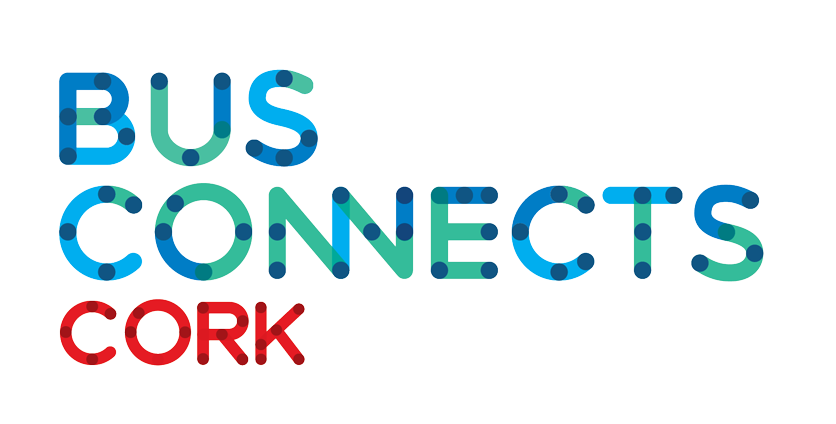
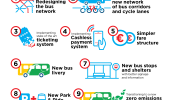
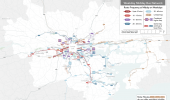
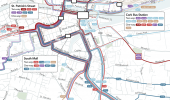
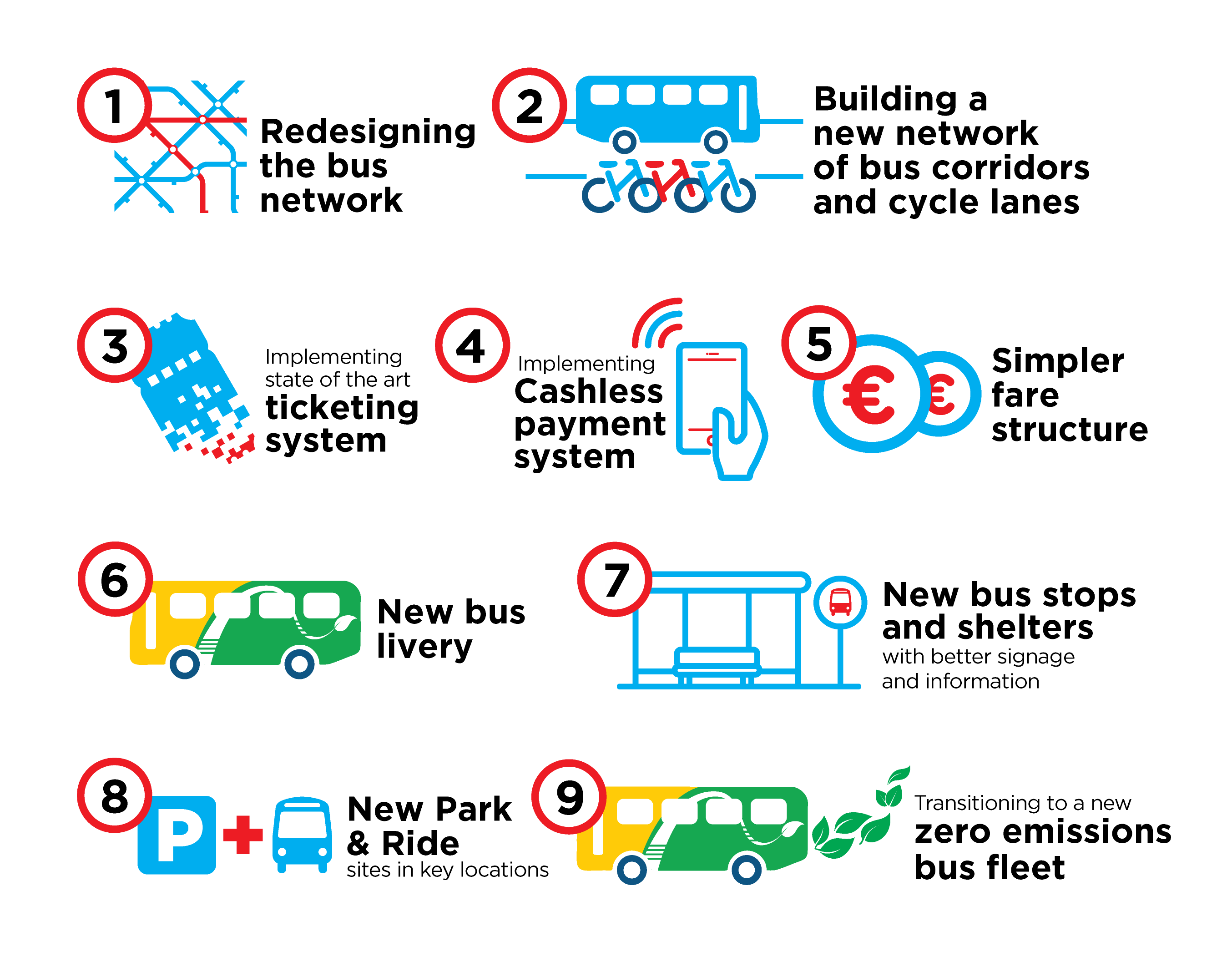
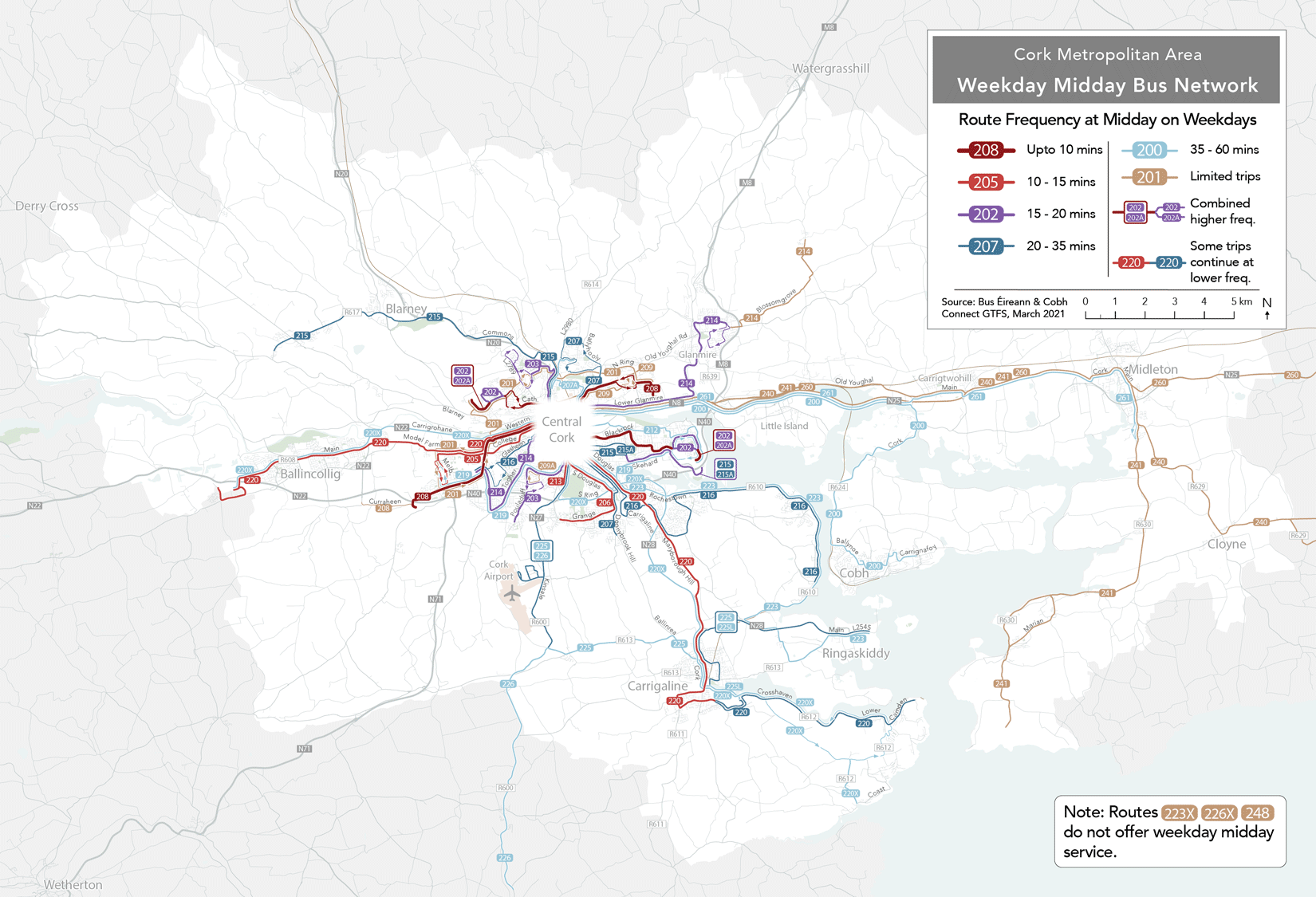
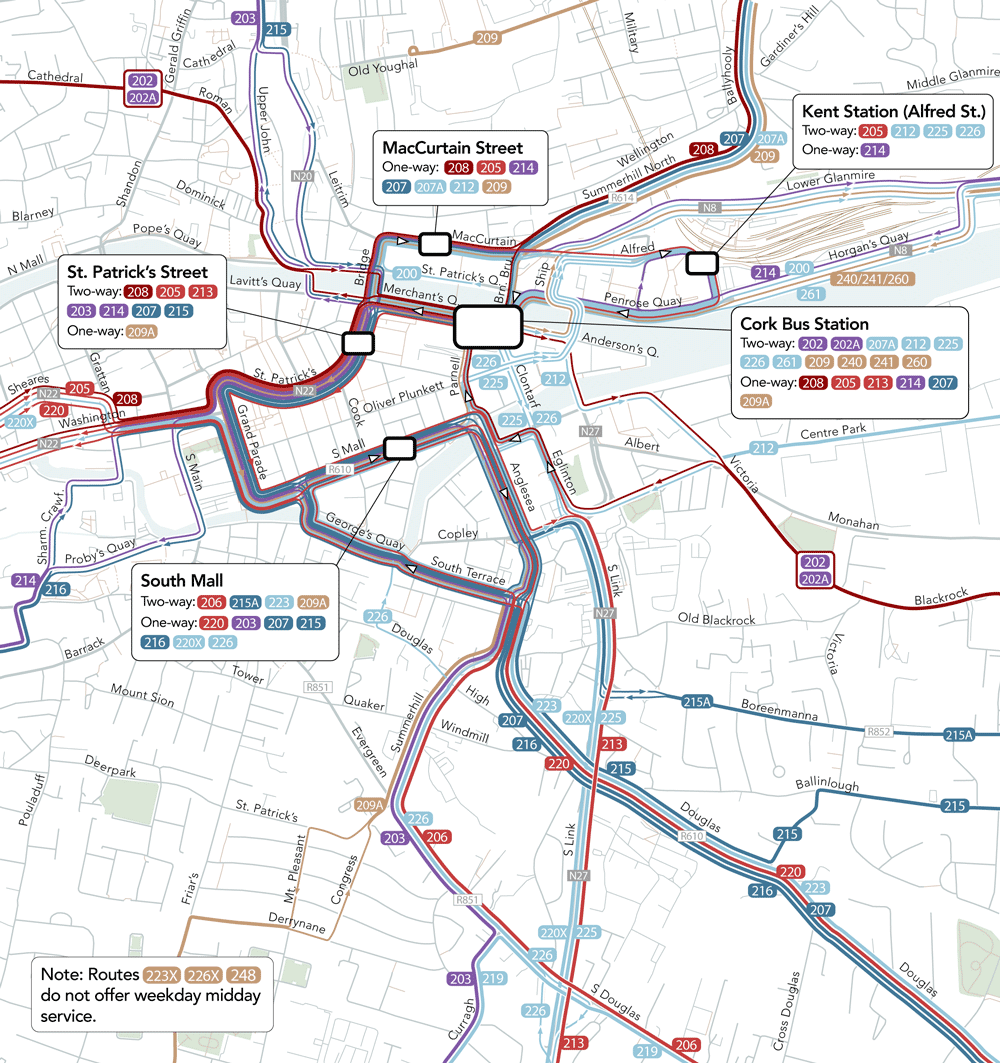





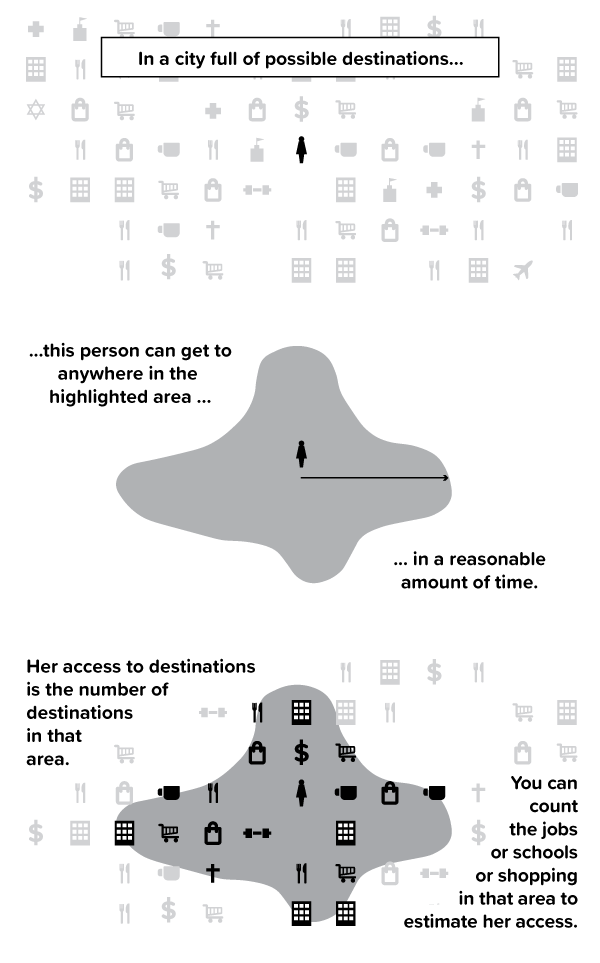

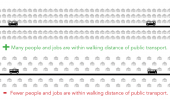
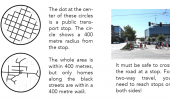
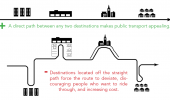
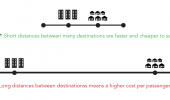

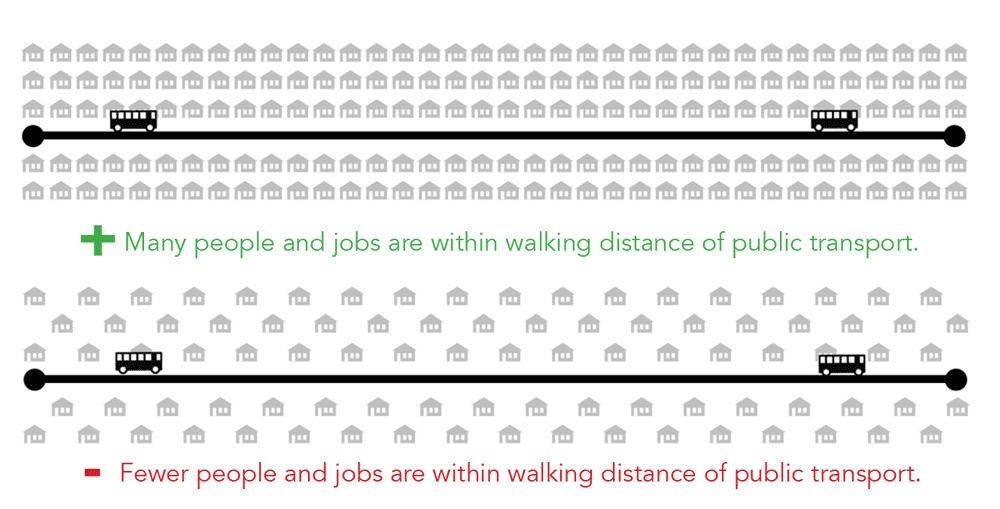

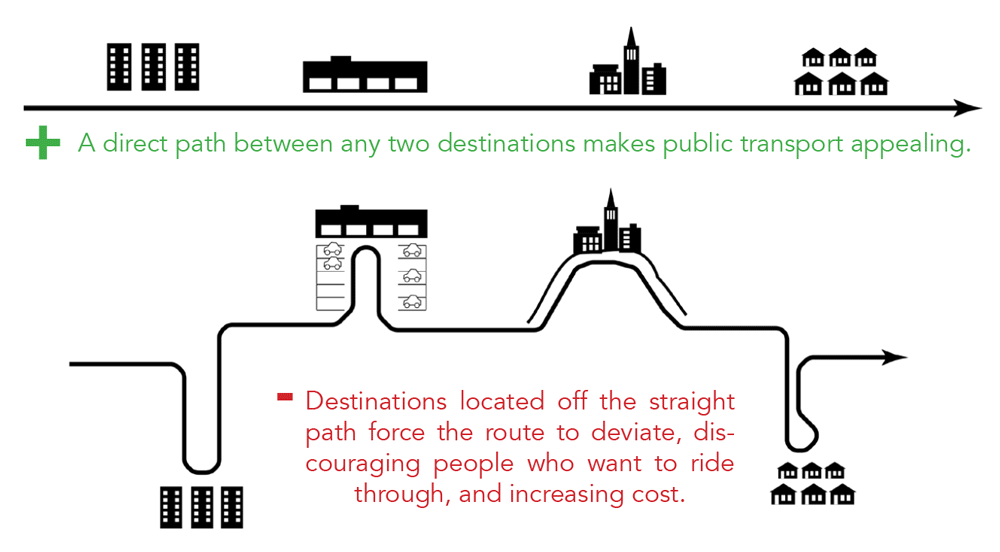
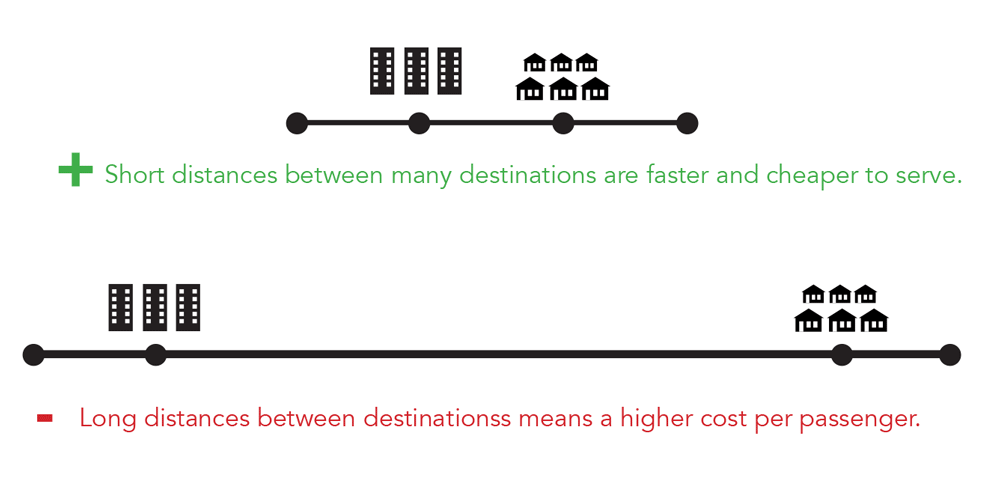
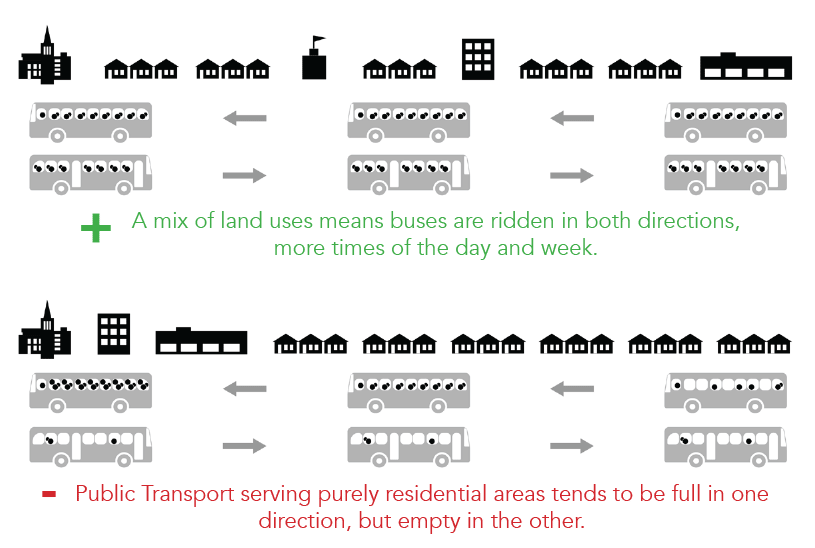




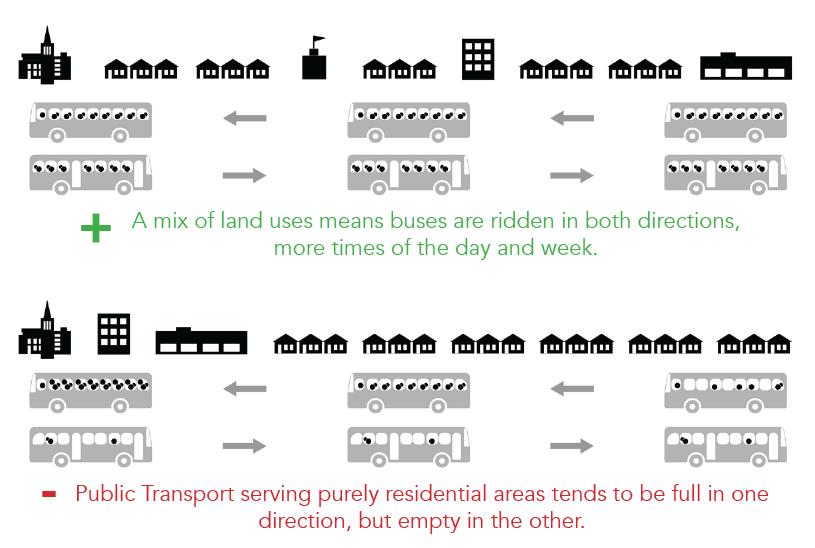
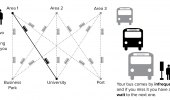
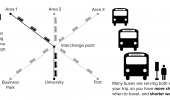
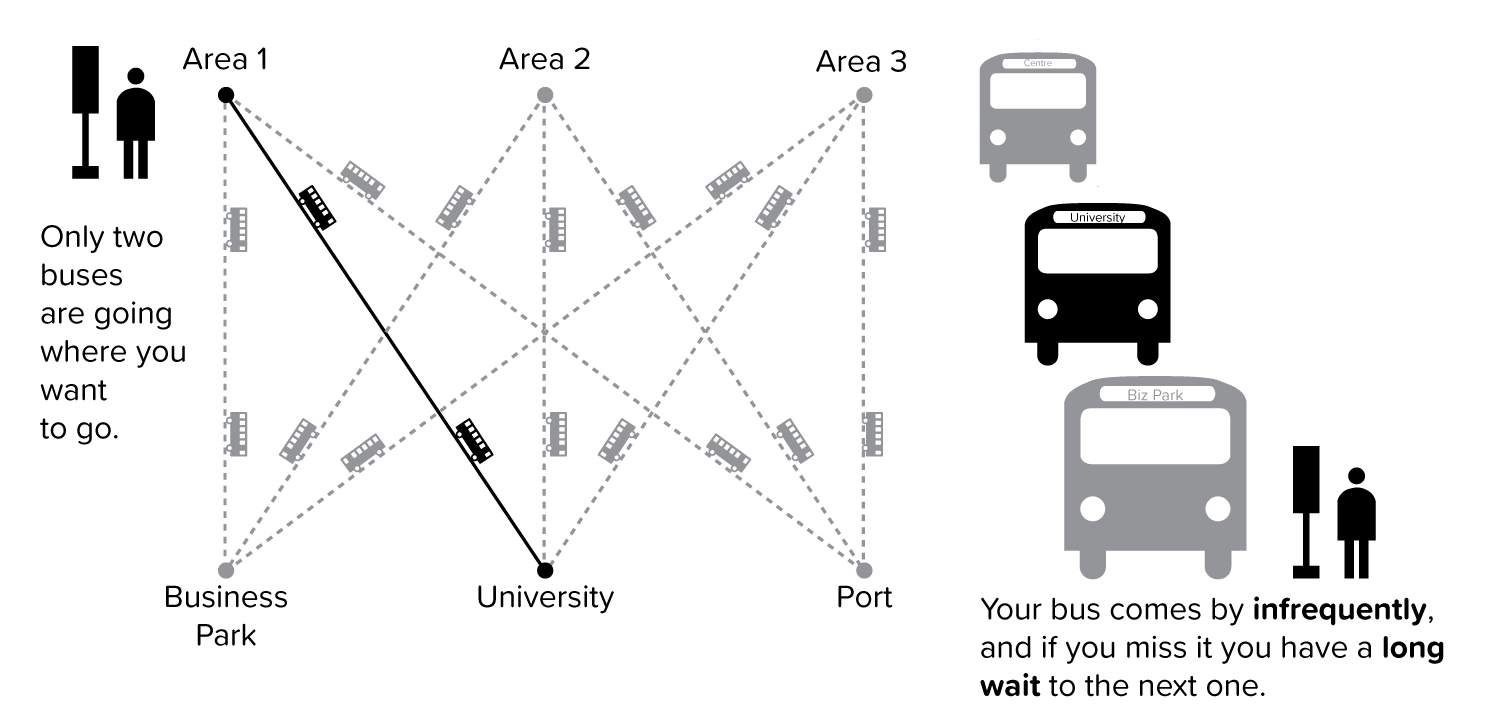
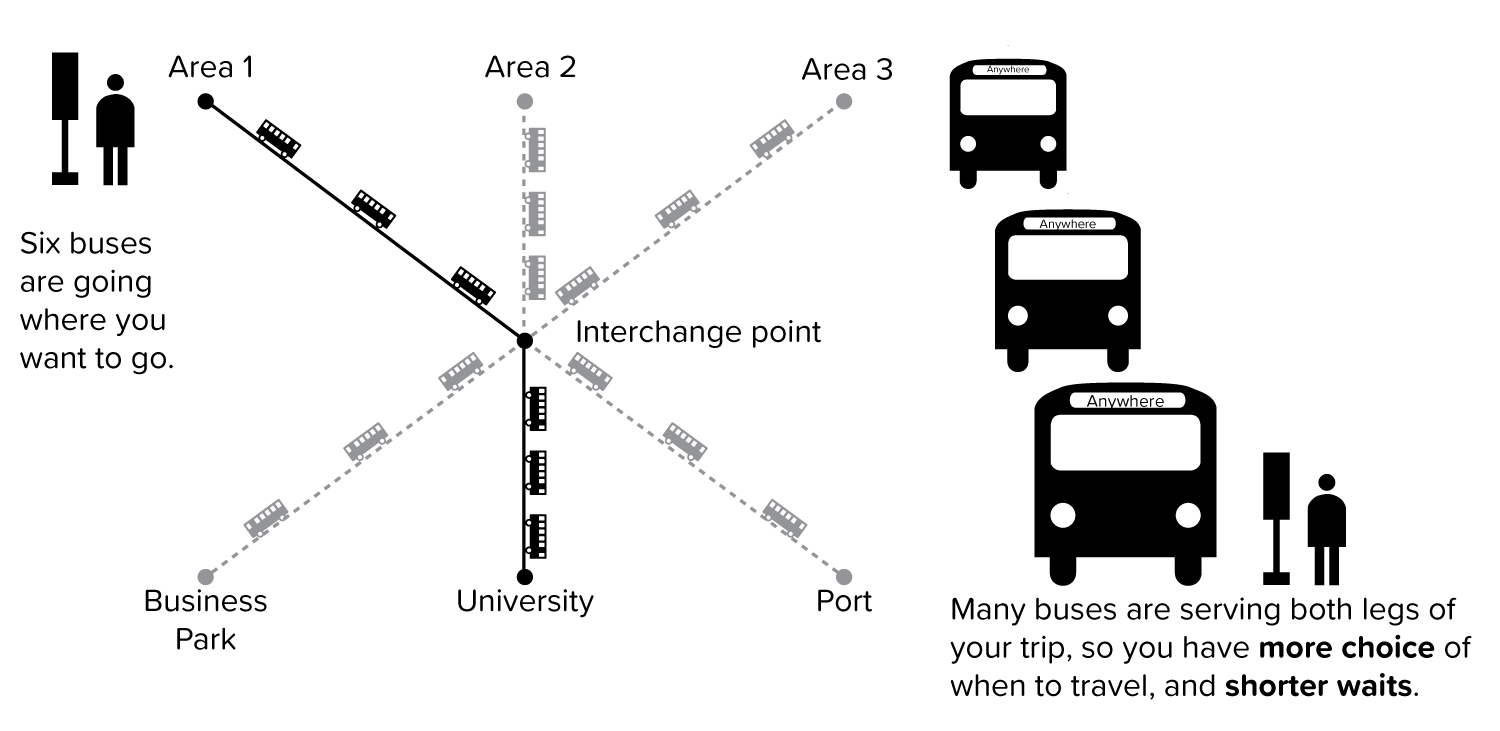


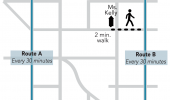
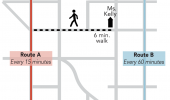
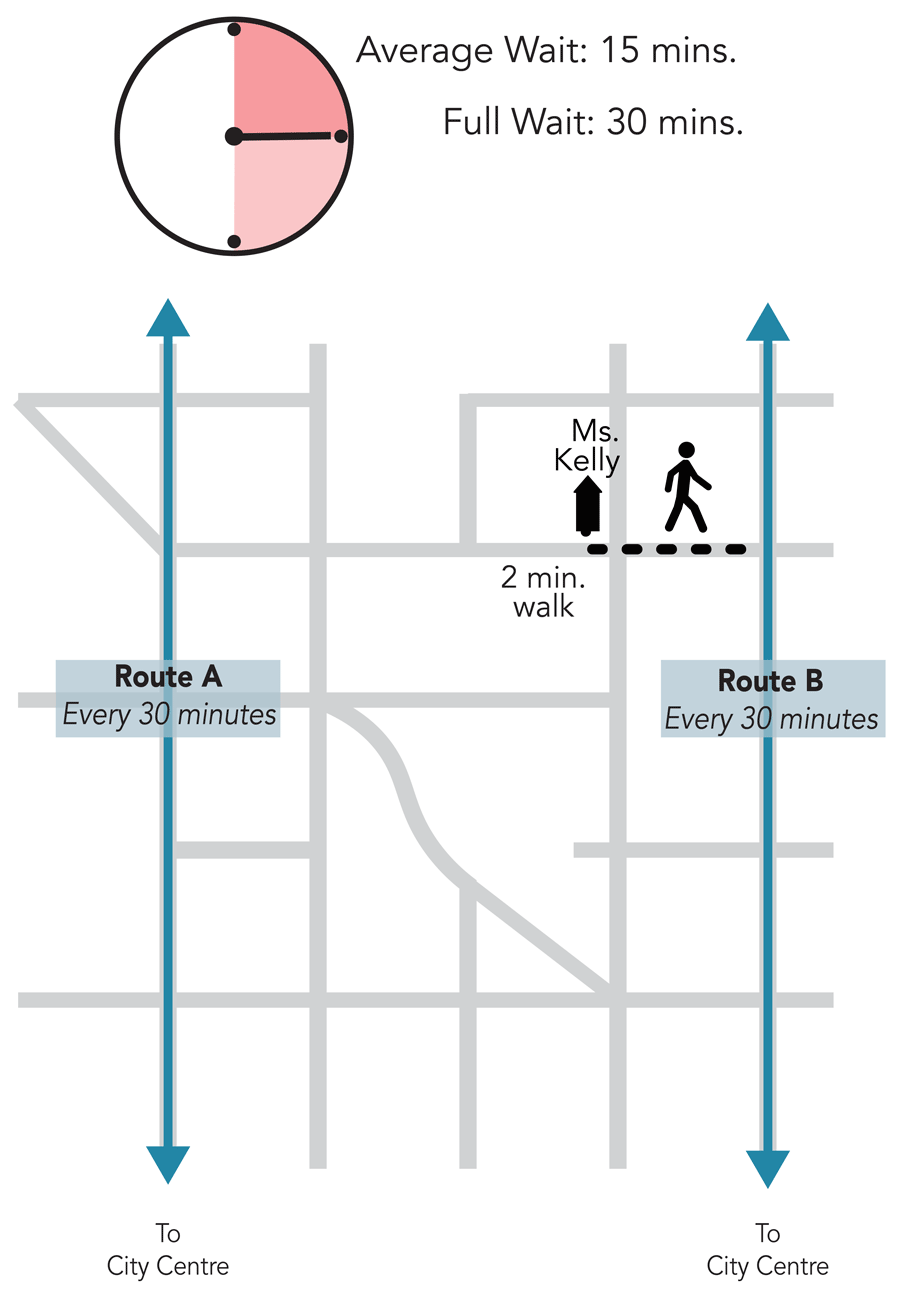
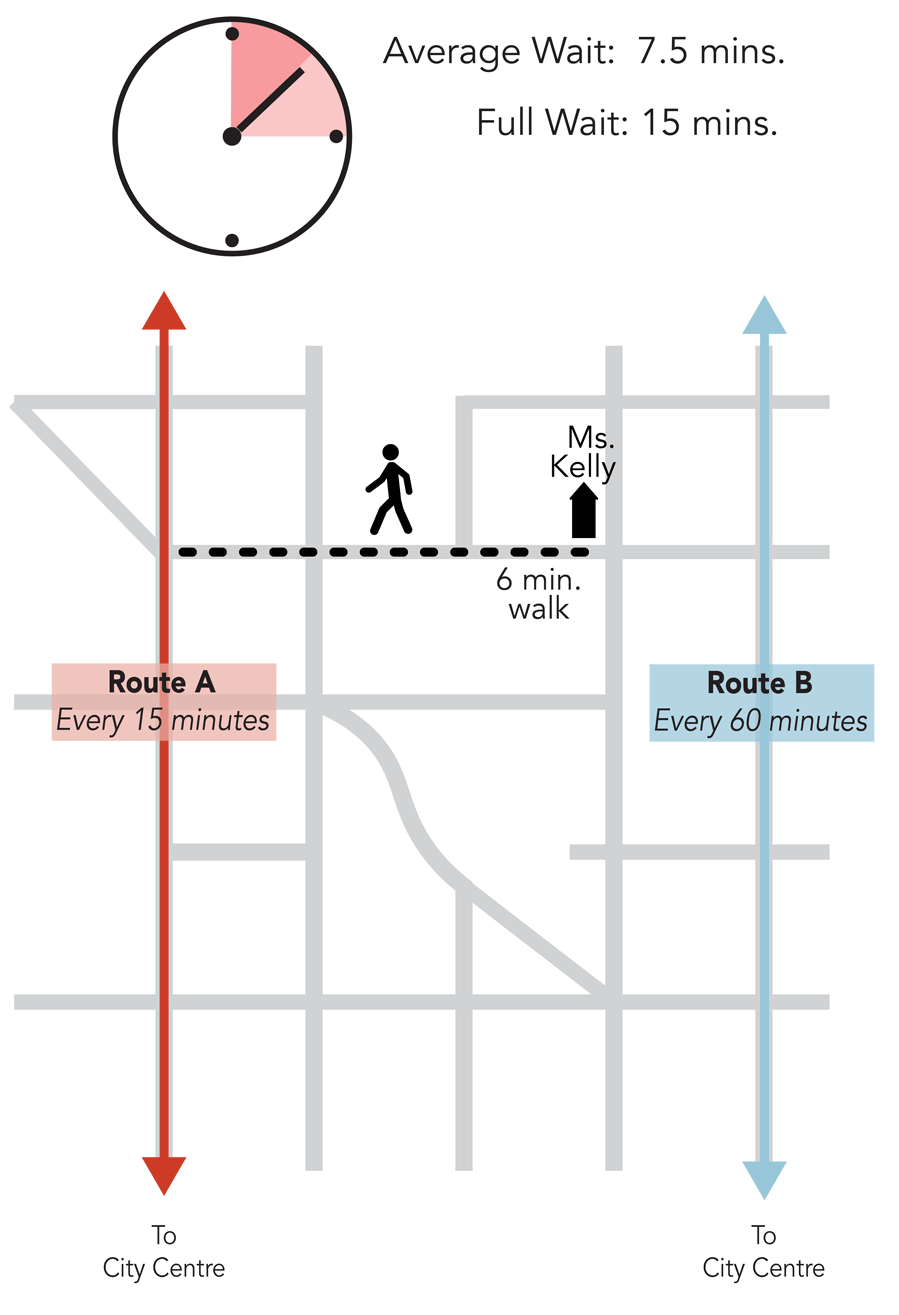


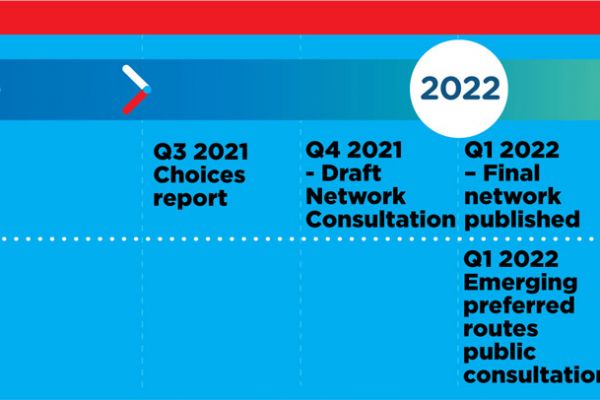


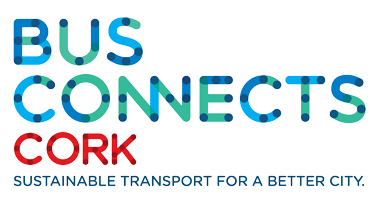 Thanks for participating!
Thanks for participating!